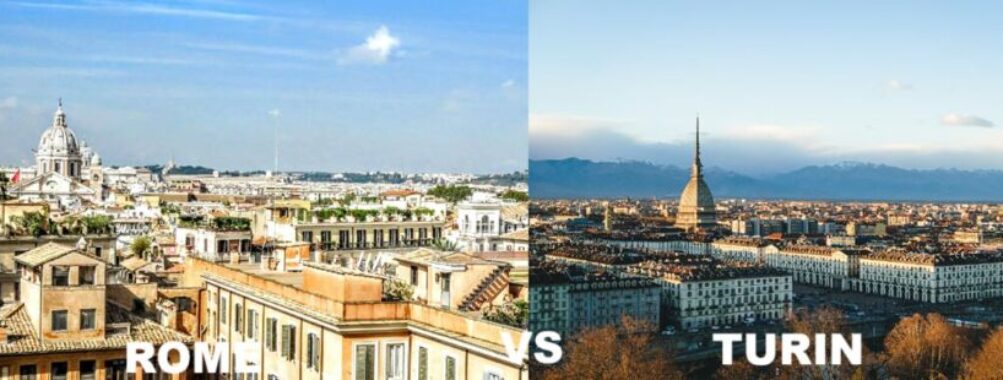
Rome vs Turin: Which Italian City Offers the Ultimate Cultural Experience?
Rome and Turin are two Italian cities with distinct personalities. Rome dazzles with ancient ruins and world-famous landmarks, while Turin charms with elegant architecture and a rich cultural scene.
Rome is perfect for history buffs and first-time visitors to Italy. The Eternal City boasts iconic sights like the Colosseum and Vatican City. It’s bustling and lively, with a vibrant food scene and endless things to do.
Turin offers a more laid-back vibe. It’s known for its beautiful palaces, museums, and delicious chocolate. The city has a sophisticated feel and fewer tourists than Rome. Turin’s cooler climate makes it a great summer destination.
Contents
- Historical Significance and Cultural Highlights
- Ancient Rome and Modern Vibrance
- Turin’s Rich Heritage and Modern Allure
- Economic Comparison and Cost of Living
- An Overview of Rome’s Economy
- Turin’s Economic Landscape
- Detailed Cost of Living Comparison
- Lifestyle and Local Living
- Everyday Life in Rome
- The Turin Way of Living
- Transportation and Accessibility
- Getting Around Rome
- Navigating Turin
- Leisure and Entertainment Options
- Rome’s Vibrant Entertainment Scene
- Turin’s Unique Attractions
- Environmental Quality and Sustainability
- What are the distinctive attractions to visit in Rome compared to Turin?
- How does the cost of living for students in Rome stack up against Turin?
- In terms of historical significance, how do Rome and Turin differ?
- What cultural experiences set Turin apart as a destination over Rome?
- For food enthusiasts, how do the culinary scenes in Rome and Turin compare?
- What unique festivals or events can travelers experience in Turin that are not found in Rome?
- More Travel Guides
Historical Significance and Cultural Highlights
Rome and Turin are two Italian cities with rich histories and vibrant cultures. Each offers unique experiences that showcase Italy’s diverse heritage.
Ancient Rome and Modern Vibrance
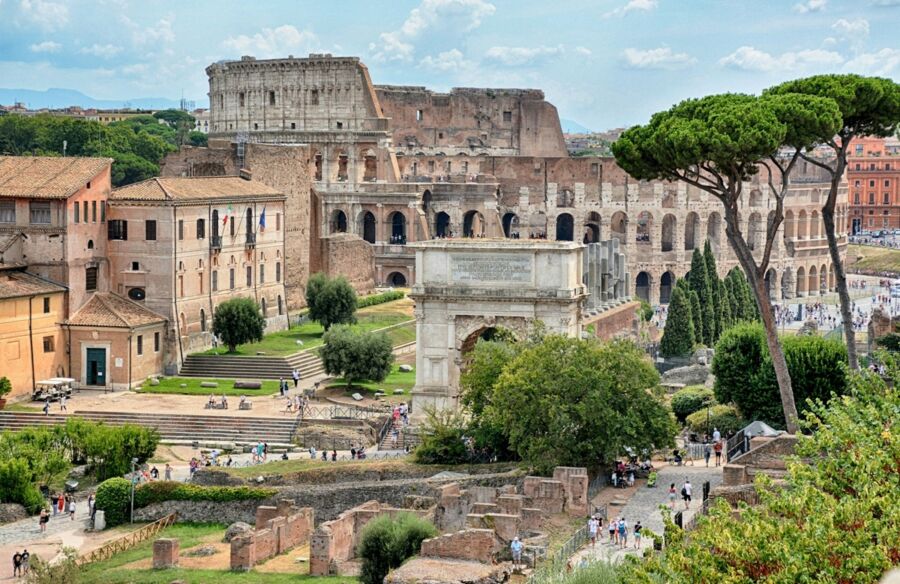
Rome’s history stretches back over 2,500 years. The city was once the heart of the mighty Roman Empire. Today, visitors can step back in time at the Colosseum, an ancient arena where gladiators once fought. The Roman Forum, once the center of city life, now stands as a sprawling ruin.
But Rome isn’t just about the past. The city pulses with modern energy too. Trendy cafes and shops line the streets. The food scene is amazing, with pizza, pasta, and gelato on every corner.
At night, Rome comes alive. Locals and tourists alike flock to lively piazzas. Street performers entertain crowds in these bustling squares. It’s a perfect blend of old and new.
Turin’s Rich Heritage and Modern Allure

Turin may not be as famous as Rome, but it’s got plenty to offer. The city was Italy’s first capital after unification in 1861. Its royal past is evident in grand palaces and elegant squares.
Turin is known for its beautiful architecture. The Mole Antonelliana, a tall spire, is the city’s most famous landmark. It now houses a cool film museum worth checking out.
Food lovers will enjoy Turin’s cafe culture. The city is famous for its chocolate and coffee. Try the bicerin, a yummy layered drink with espresso, chocolate, and cream.
Turin has a thriving arts scene too. The city hosts film festivals and concerts throughout the year. It’s also home to two major soccer teams, making it a sports fan’s dream.
Economic Comparison and Cost of Living
Rome and Turin offer different economic landscapes and living costs. Let’s explore how these two Italian cities stack up in terms of finances and daily expenses.
An Overview of Rome’s Economy
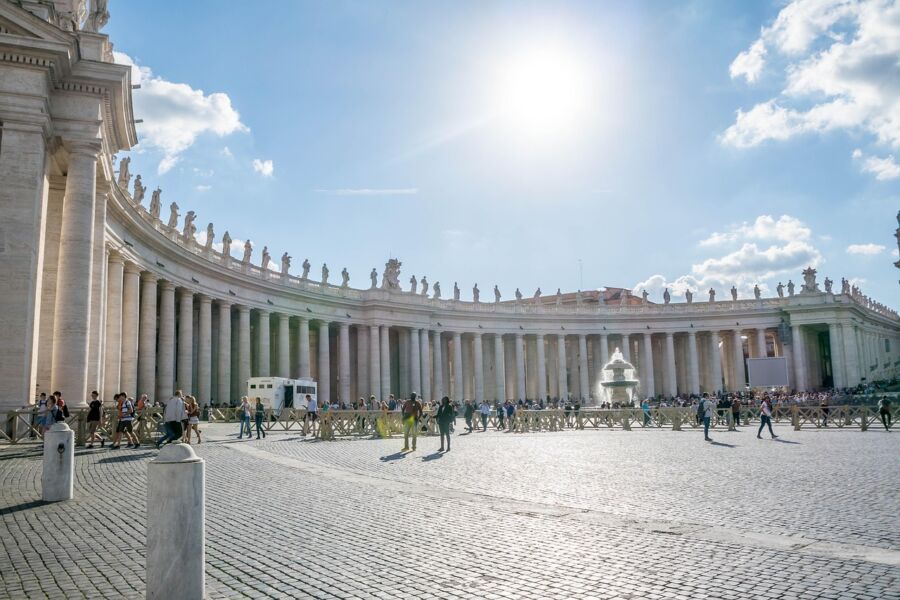
Rome’s economy thrives on tourism, government, and services. The Eternal City draws millions of visitors yearly, boosting hotels, restaurants, and shops. Many work in public administration or for international organizations.
But Rome faces challenges too. Jobs can be hard to find, especially for young people. The city struggles with inefficient public services and high taxes. Traffic jams and crowded public transit make commuting tough.
Still, Rome’s unique charm and history keep its economy rolling. The food and fashion industries add to its economic mix.
Turin’s Economic Landscape
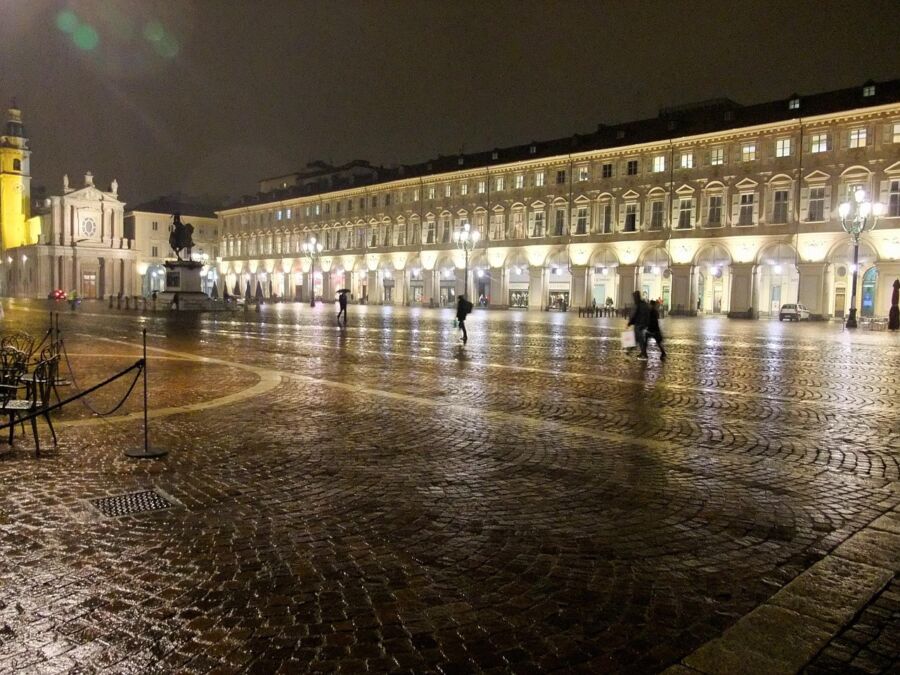
Turin tells a different story. Once Italy’s car-making capital, it’s now reinventing itself. The city focuses on tech, design, and innovation. Turin hosts major companies and startups alike.
The job market here is more diverse than Rome’s. Turin offers roles in manufacturing, IT, and research. The cost of doing business is often lower than in Rome.
Turin’s economy isn’t all rosy though. It’s still shaking off its industrial past. Some areas need revitalization. But the city is working hard to attract new industries and talent.
Detailed Cost of Living Comparison
Living costs vary between Rome and Turin. Rome is pricier overall. Housing eats up a big chunk of income in both cities, but Rome’s rents are sky-high.
Food costs less in Turin. A liter of milk might set you back €1.20 in Rome, but only €1 in Turin. Eating out is cheaper in Turin too.
Utilities are a mixed bag. Rome’s mild climate can mean lower heating bills. But Turin often has better internet deals.
Travel expenses differ too. Rome’s tourist spots mean higher hotel prices. Turin’s hotels and transport can be more budget-friendly.
In the end, you’d need about €4,600 in Rome to match a €4,050 lifestyle in Turin. That’s a 14% difference – not small change!
Lifestyle and Local Living
Rome and Turin offer distinct lifestyles that shape daily experiences for residents and visitors alike. From bustling streets to local customs, each city has its own unique flavor.
Everyday Life in Rome
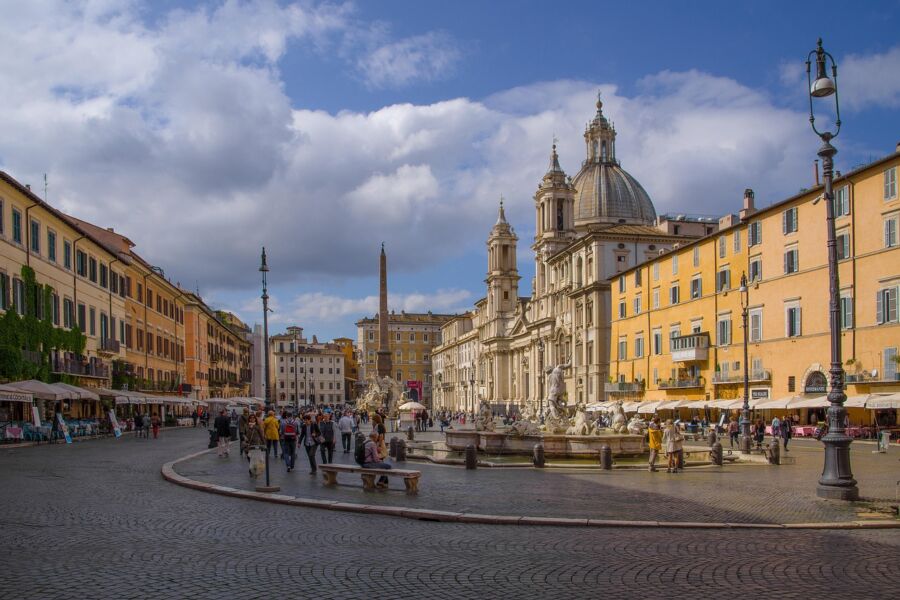
Rome’s lifestyle is a blend of ancient history and modern flair. Locals start their day with a quick espresso at a neighborhood bar. The city’s narrow streets buzz with scooters zipping by and tourists snapping photos.
Eating is a big deal here. Long lunches are common, with many shops closing for a midday break. Evenings often involve a passeggiata – a leisurely stroll through piazzas to see and be seen.
Rome’s nightlife is lively, especially in areas like Trastevere. Bars and clubs stay open late, and it’s not unusual to see people out until the early hours.
The city’s pace can be hectic, but Romans know how to enjoy life. They value good food, wine, and spending time with family and friends.
The Turin Way of Living

Turin’s lifestyle is more relaxed compared to Rome. The city has a refined air, with its elegant cafes and wide boulevards. People here tend to be punctual and organized.
Mornings often start with a bicerin – a local drink mixing coffee, chocolate, and cream. Work-life balance is important, with many enjoying long walks in the city’s parks after work.
Turin takes pride in its food scene. The aperitivo tradition is huge here – bars offer buffets with drinks in the early evening. It’s a great way to socialize and sample local specialties.
The city has a growing arts scene. Residents enjoy visiting museums and attending cultural events. Nightlife is more low-key than Rome, but still offers plenty of options for a fun night out.
Turin’s proximity to the Alps means locals often escape to the mountains on weekends for hiking or skiing.
Transportation and Accessibility
Rome and Turin offer distinct transportation experiences for visitors and locals alike. Each city has its own unique challenges and advantages when it comes to getting around.
Getting Around Rome
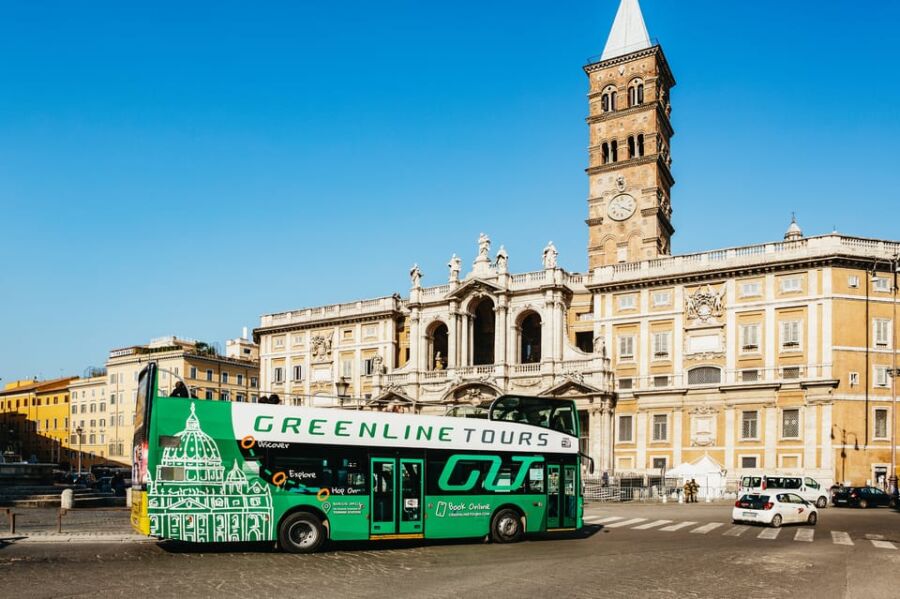
Rome’s public transport system can be a bit tricky to navigate at first. The metro only has three lines, which might seem limited for such a big city. But don’t worry – buses and trams fill in the gaps nicely.
Tickets are valid for all types of transport, which is super convenient. You can hop on a bus right after taking the metro without buying a new ticket. Just remember to validate your ticket when you first use it!
Walking is often the best way to explore Rome‘s historic center. Many famous sights are close together, and you’ll stumble upon hidden gems as you wander the narrow streets.
Taxis are plentiful but can be pricey. Make sure to use official white cabs with a meter. For a fun twist, try a Vespa tour – it’s a classic Roman experience!

Turin’s public transport system is a breeze to use compared to Rome’s. The metro is modern and efficient, with frequent trains that run like clockwork. Buses and trams are also reliable and cover the city well.
Bike-sharing is popular in Turin. You’ll see bright yellow bikes all over the city that you can rent easily with an app. It’s a great way to explore the wide boulevards and parks.
Turin is quite walkable too, especially in the city center. The grid layout makes it easy to find your way around without getting lost.
One unique feature is the extensive network of porticoes – covered walkways that line many streets. These are perfect for strolling in any weather and add to Turin’s elegant charm.
Leisure and Entertainment Options
Rome and Turin offer distinct experiences for visitors seeking fun and excitement. Each city has its own unique attractions and entertainment scenes that cater to different interests.
Rome’s Vibrant Entertainment Scene

Rome buzzes with energy day and night. The city’s historic center comes alive after dark with bustling piazzas and lively bars. Campo de’ Fiori is a hotspot for pub crawls and mingling with locals and tourists alike.
For a taste of Roman nightlife, head to Testaccio or Trastevere. These neighborhoods are packed with trendy clubs and live music venues. Dance the night away or enjoy some smooth jazz – there’s something for everyone.
Sports fans can catch a soccer match at Stadio Olimpico, home to Roma and Lazio teams. The electric atmosphere during a game is unforgettable.
Don’t miss Rome’s outdoor summer festivals. From film screenings to concerts, these events showcase Italian culture under the stars.
Turin’s Unique Attractions

Turin may be quieter than Rome, but it’s far from boring. The city is known for its elegant cafes and historic chocolate shops. Spend an afternoon people-watching at Piazza Castello while sipping a bicerin, Turin’s famous coffee drink.
Film buffs will love the National Museum of Cinema. Housed in the iconic Mole Antonelliana building, it’s one of the tallest museums in the world.
For a dose of adrenaline, catch a Juventus soccer match at Allianz Stadium. The passion of Italian football fans is unmatched.
Turin’s nightlife centers around the San Salvario district. Here you’ll find cozy wine bars and hip cocktail spots perfect for a relaxed evening out.
In summer, don’t miss the open-air cinema in Valentino Park. Watching movies under the stars is a magical Turin experience.
Environmental Quality and Sustainability
Rome and Turin face different challenges when it comes to going green. Both cities are working on plans to cut pollution and make life better for people who live there.
What are the distinctive attractions to visit in Rome compared to Turin?
Rome boasts iconic ancient ruins like the Colosseum and Roman Forum. The Vatican City, with St. Peter’s Basilica and the Sistine Chapel, draws millions of visitors. Meanwhile, Turin’s attractions are more modern, featuring the National Cinema Museum and the Mole Antonelliana tower.
Rome’s Trevi Fountain and Spanish Steps are must-see spots. On the other hand, Turin offers a different vibe with its Royal Palace and Egyptian Museum, which houses one of the world’s largest collections of Egyptian artifacts outside Egypt.
How does the cost of living for students in Rome stack up against Turin?
In Rome, students will find higher rent and food costs. A shared room in Rome can cost a student €600-800 per month. Meanwhile, Turin is more budget-friendly, with shared rooms around €300-500 monthly.
Eating out and groceries are also cheaper in Turin. Students can save money by choosing Turin, though Rome offers more job opportunities in tourism and hospitality.
In terms of historical significance, how do Rome and Turin differ?
Rome’s history spans over 2,500 years, with remnants from ancient Roman civilization everywhere. It was the center of the Roman Empire and later the Catholic Church. On the other hand, Turin’s history is newer but still rich. It was the first capital of unified Italy in 1861.
Rome showcases layers of history from ancient times to the Renaissance. Meanwhile, Turin reflects Italy’s more recent past, including its role in the country’s unification and industrial revolution.
What cultural experiences set Turin apart as a destination over Rome?
Turin is known for its café culture and aperitivo tradition. Visitors can enjoy a pre-dinner drink with complimentary snacks at many bars. The city also has a thriving contemporary art scene with museums like GAM and Fondazione Sandretto Re Rebaudengo.
Turin’s connection to the automotive industry offers unique experiences. Car enthusiasts can visit the Museo Nazionale dell’Automobile. Lastly, the city’s elegant architecture and porticoed streets create a different atmosphere from Rome’s bustling historic center.
For food enthusiasts, how do the culinary scenes in Rome and Turin compare?
Rome is famous for pasta dishes like carbonara and cacio e pepe. The city’s Jewish-Roman cuisine, with specialties like artichokes alla giudia, is unique. Meanwhile, Turin is the birthplace of the Slow Food movement and known for its chocolate and truffles.
Rome’s street food scene includes supplì (fried rice balls) and pizza al taglio. On the other hand, Turin offers different flavors with dishes like agnolotti (stuffed pasta) and bagna càuda (a hot garlic and anchovy dip).
What unique festivals or events can travelers experience in Turin that are not found in Rome?
The annual Salone del Gusto is hosted in Turin, a major international food festival. Turin also hosts the Luci d’Artista event, which transforms the city into an open-air art gallery with light installations each winter. These events showcase Turin’s focus on food and contemporary art.
Rome’s festivals often center on religious or historical themes. Meanwhile, Turin’s events highlight its modern identity and innovative spirit. The Turin Film Festival is another draw for movie buffs, different from Rome’s more mainstream film scene.



